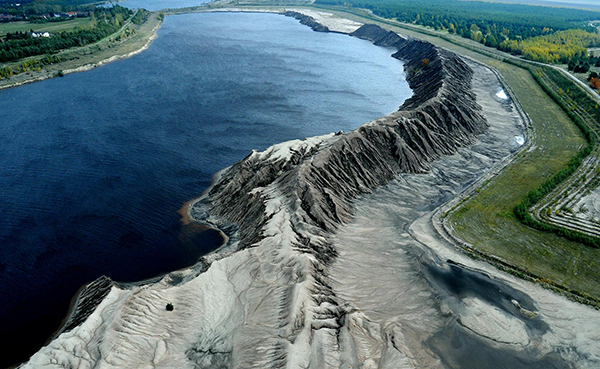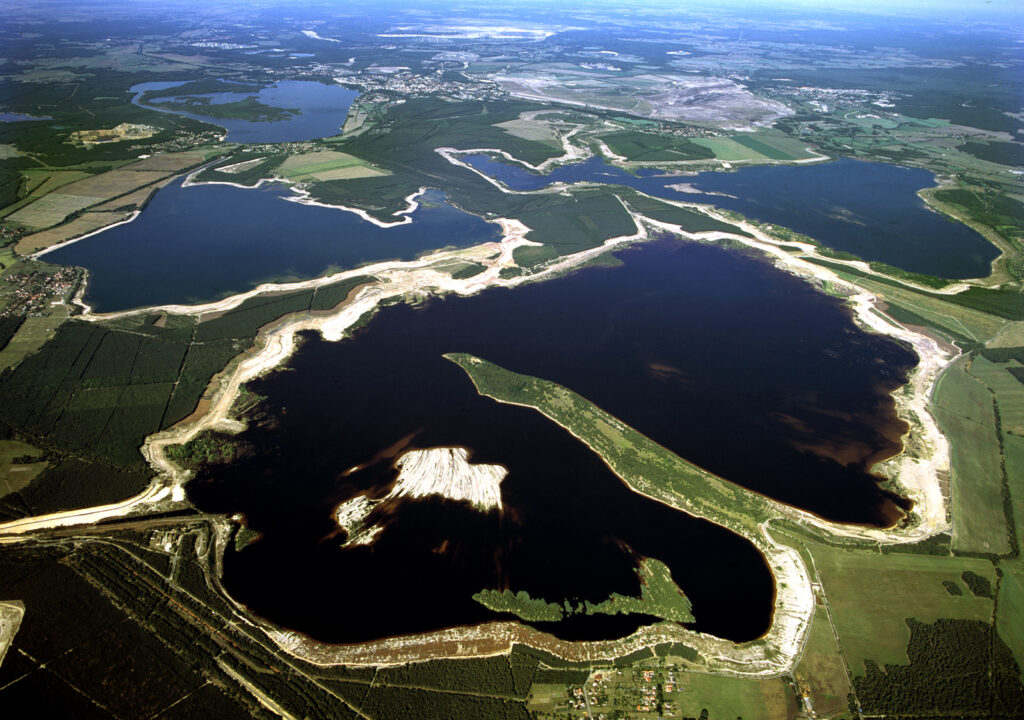GERMANY, EUROPE
Lusatian Lakeland
The Lusatian Lakeland is a man-made lake district in eastern Germany. By the end of the 2020s, Europe's largest artificial water landscape and Germany's fourth largest lake district is to be created by flooding disused opencast lignite mines in the Upper Lusatian mining district. Without exception, the lake district will be created from residual holes in former opencast lignite mines, flooded and transformed into lakes. Some of the emerging lakes have already reached their final water level, others will not be completely flooded for several years. A total of 23 large lakes with a total water surface area of 13.178 ha will be created. Some of the largest lakes are connected to each other as a chain of lakes by navigable canals.
What makes it special
In 2018, the Lusatian Lakeland was honoured with the European Garden Award in the category "Best development of a cultural landscape of European cultural heritage significance".

Biodiversity
A diverse post-mining landscape with different landscape zones (heathland, dry sandy grassland, lakes, etc.) that are interconnected is to be created throughout the area. The focus is on creating habitats for rare plant and animal species. Parts of the area are to be made available to visitors through guidance and educational offers.

Threats
Mining has released heavy metals and other pollutants that can enter the water and affect water quality. In addition, the pH of the water can be severely altered by mining, which is harmful to aquatic organisms. Another problem is the lack of natural inflow or outflow in these man-made lakes. As a result, pollutants and nutrients remain in the water and accumulate. This may cause algae blooms and other ecological problems. Lastly, the water in flooded mines will be very deep, resulting in stratification in summer. The dynamics are not yet well understood, but can disrupt the ecological balance and make restoring habitats more difficult.

Our Work
Lusatian Lakeland has been a non-profit organisation since 2001. Its aim is to preserve parts of a post-mining landscape in the Lusatian lignite mining area, the Lusatian Lakeland, for nature conservation purposes by means of the large-scale nature conservation project. The organisation carries out various nature conservation measures on these areas.
Lusatian Lakeland Conservation Project
www.ngp-lausitzerseenland.de/cms/
alexander.harter@ngp-lausitzerseenland.de



